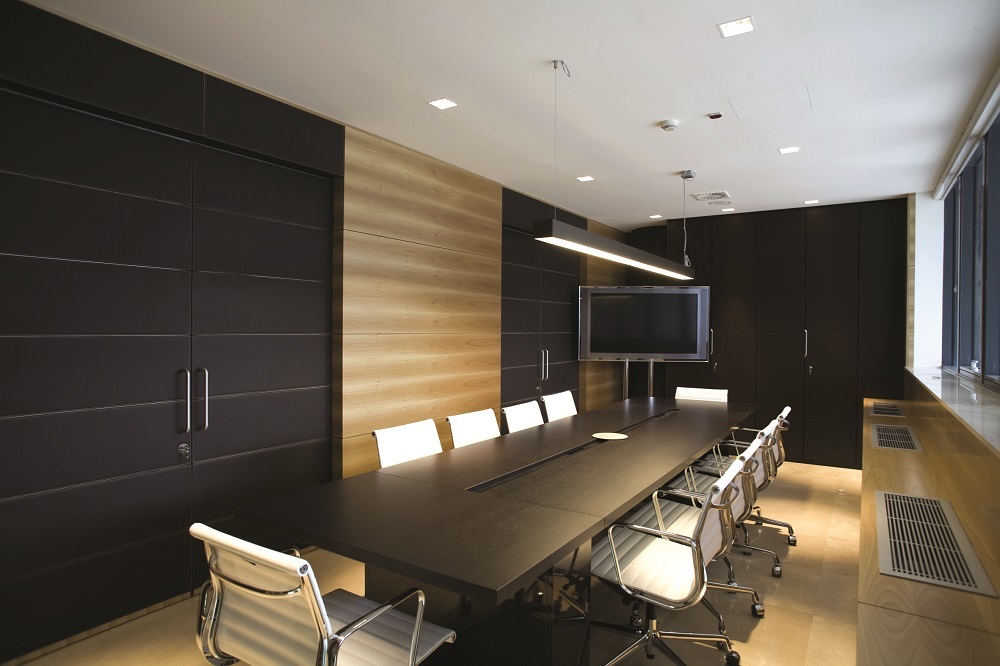Top Considerations for Designing the Perfect Lighting for Commercial Spaces
Selecting and implementing the perfect lighting plan for any commercial establishment is way more considerable than it may seem at the outset. In any commercial space, the primary function of lighting is to support work. Lighting, undoubtedly, plays a major role and affects the ambiance of the workplace, besides influencing the psychological well-being, interest, and enthusiasm of its employees. Ideally, a good lighting plan should provide adequate and uniform illumination throughout the working area – devoid of glare and shadows. Choosing the right lighting design helps in creating a space of safety, stimulation, and comfort for everyone.
Lighting is one of the best ways to enhance the corporate environment, yet a little tricky as the lighting plan must be cohesive, and be able to effectively illuminate different types of spaces that coexist under one roof. While deciding on a lighting plan for any commercial space, there are quite a few considerations including lamp life, lumen maintenance, system efficiency, daylight integration, flexibility, and cost. Also, the lighting fixtures with an aesthetic appeal would be great to blend with the interiors of the space. In short, a successful light plan must represent and reinforce the corporate image, together with the well-being and efficiency of employees, better energy savings and lighting quality, and flexibility for easy adjustments.
Lighting Cost Consideration
Lighting is an important cost factor for every establishment. Since one or the other task is always going on at commercial establishments, extensive lighting is always required which further adds to the operational costs. More often than not, companies consume and pay off much more than what’s necessary with outdated light fixtures. Investing in high-quality lighting is beneficial in the long run, and is proven to be one of the most effective ways to cut down energy costs.
Energy Efficient Lighting Solution
Today, companies are looking for sustainable energy solutions with a positive, eco-friendly impact and enhanced visual environment. Gone are the days of incandescent bulbs and compact fluorescent lights (CFLs), the lighting industry is steadily succeeding towards sustainability via proficient LED-based fixtures due to their energy efficiency, less maintenance, and better radiance with the least hassle of maintenance.
Enhance the Aesthetic Appearance
Lighting plans for commercial establishments need to be more formal and organized. The lighting fixtures must be diligently selected to harmoniously compliment interiors and architectural elements. Or else, they will look too obtrusive and ruin the aesthetics of the professional space. In fact, lighting fixtures for commercial spaces should be aesthetically pleasing, stylish yet modest, flexible in shape, size, and finish, which works in the favor for all – people as well as structural design.
User Comfort and Productivity
Over the last decade, strategies to enhance human health and wellbeing have played a relatively smaller role in the evolution of building standards. We believe that the time has come to elevate health and comfort to the forefront of building practices and reinvent structures that are not only better for the environment but also for people.
With International standards like WELL and LEED, there is a greater emphasis on human aspects – such as health, wellbeing, and comfort – as key considerations before designing a new structure. In the lighting area, some of these aspects include visual lighting design, circadian lighting design, glare control, luminance reduction, color quality, surface design, automated dimming controls, and daylight modeling. Higher productivity at the workplace can be a direct result of having the right lighting.

